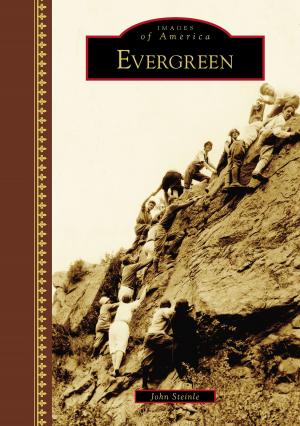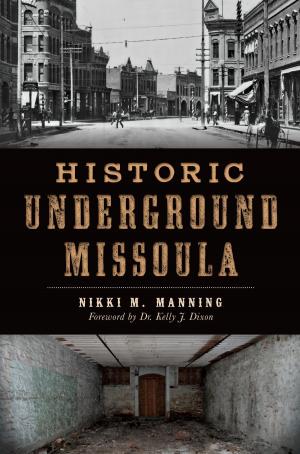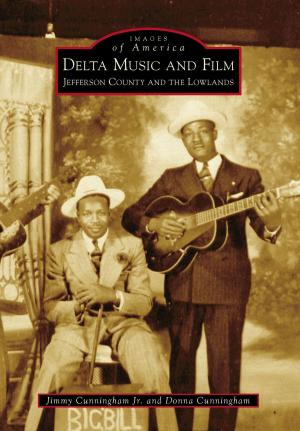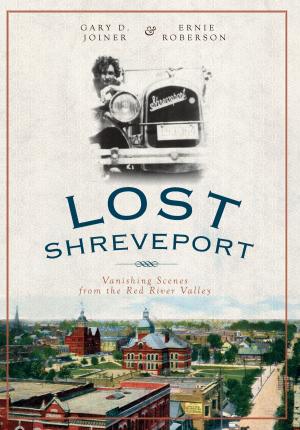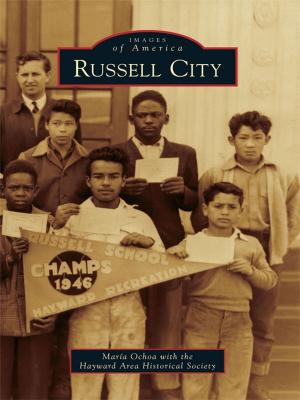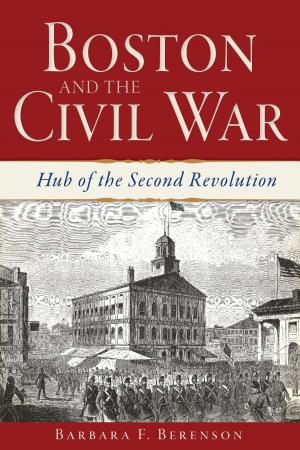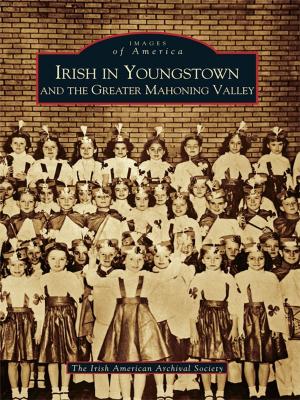A History of the Andover Ironworks: Come Penny, Go Pound
Nonfiction, Science & Nature, Technology, Metallurgy, Manufacturing, History, Americas, United States| Author: | Kevin W. Wright | ISBN: | 9781625846945 |
| Publisher: | Arcadia Publishing Inc. | Publication: | September 17, 2013 |
| Imprint: | The History Press | Language: | English |
| Author: | Kevin W. Wright |
| ISBN: | 9781625846945 |
| Publisher: | Arcadia Publishing Inc. |
| Publication: | September 17, 2013 |
| Imprint: | The History Press |
| Language: | English |
Soon after Philadelphia began to exploit New Jersey's largest hematite deposit in 1758, Andover Furnace and Forge began producing the best metal in the world. Its product was so desirable that the newly formed American military wrested control from Loyalist owners in 1778. This frontier industrial outpost endured thirty-five years before labor costs, competition from cheap imports, careless consumption of woodlands and difficulty in transporting its products finally extinguished its fires. Today, repurposed eighteenth-century stone mills and mansions at Andover and Waterloo testify to the combination of rich ore, abundant water power and seemingly endless forests that long ago attracted teamsters, woodcutters, charcoal burners, miners, molders and smelters to the Appalachian Highlands of New Jersey. Local expert Kevin Wright tells the hidden story of the facets and personalities that once made Andover iron so widely coveted.
Soon after Philadelphia began to exploit New Jersey's largest hematite deposit in 1758, Andover Furnace and Forge began producing the best metal in the world. Its product was so desirable that the newly formed American military wrested control from Loyalist owners in 1778. This frontier industrial outpost endured thirty-five years before labor costs, competition from cheap imports, careless consumption of woodlands and difficulty in transporting its products finally extinguished its fires. Today, repurposed eighteenth-century stone mills and mansions at Andover and Waterloo testify to the combination of rich ore, abundant water power and seemingly endless forests that long ago attracted teamsters, woodcutters, charcoal burners, miners, molders and smelters to the Appalachian Highlands of New Jersey. Local expert Kevin Wright tells the hidden story of the facets and personalities that once made Andover iron so widely coveted.




